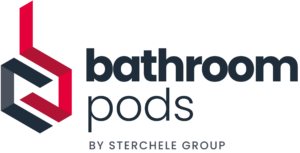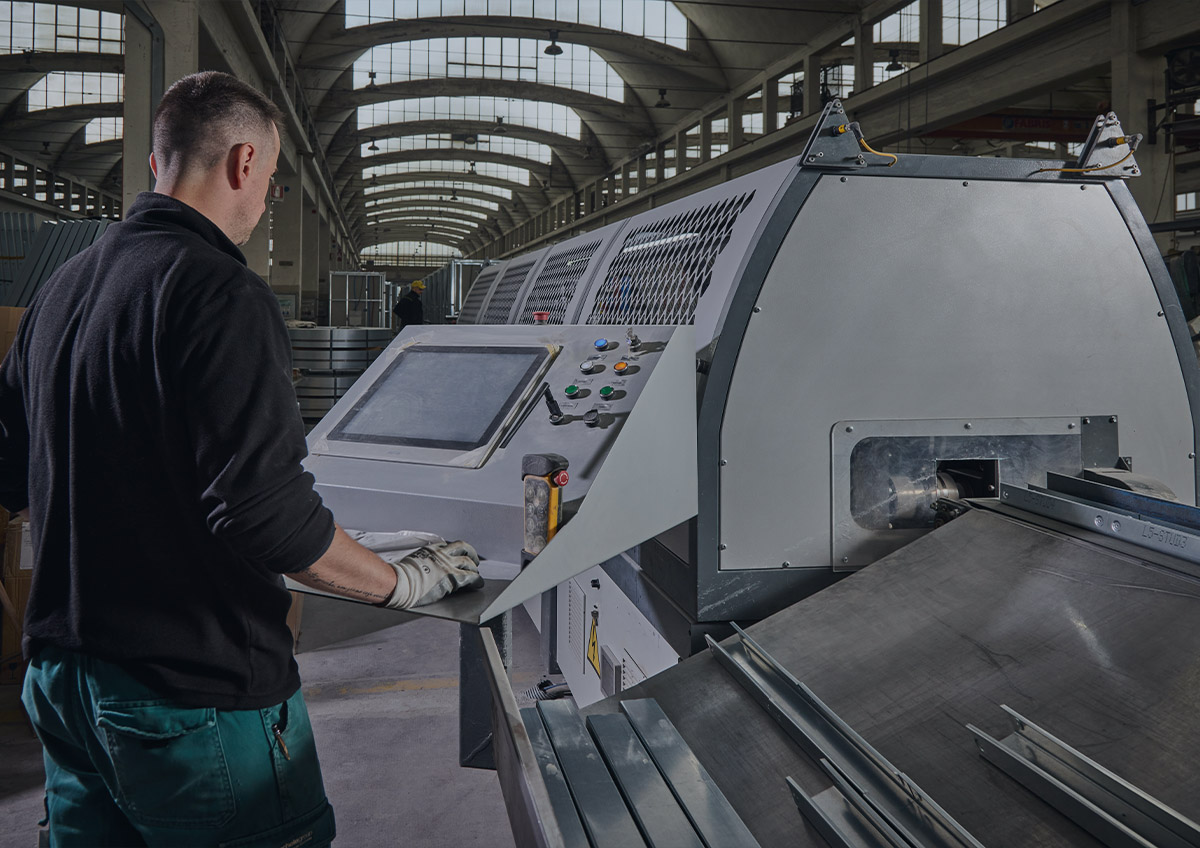Magazine: Il Giornale dell’Ingegnere N. 04/2024
Author: Eng. Livio Izzo, BIM Expert at the Italian National Council of Engineers (CNI) / UNI
As part of its digital evolution, StercheleGroup has made Building Information Modeling (BIM) a cornerstone of its innovation strategy. Rather than simply adopting new technology, the company has embraced BIM as an operational model capable of integrating design, production, and site management into a single, data-driven workflow—embodying the core principles of Industry 4.0.
In an exclusive interview with Il Giornale dell’Ingegnere — Italy’s leading engineering magazine — StercheleGroup’s Bathroom Pod Technical Team shares how BIM has transformed their approach to project delivery, optimizing every phase from design to final testing and ensuring more precise, reliable, and high-performing products.
Interview with Nicola Pinamonti (Tech. Designer) and Matteo Casale (Engineer) — StercheleGroup Bathroom Pod Technical Unit
What markets do you serve, and where are your bathroom pods best suited?
Since 1993, we’ve focused on export markets, especially the UK, where prefabricated bathroom pods are widely used in community buildings like nursing homes and student housing. Over time, interest in Italy and across Europe has grown, expanding into hospitals, hotels, and more recently, student residences — places where the prefab bathroom naturally fits into early project design.
Is your sector mature, or are you pioneers?
Even after decades, prefabricated bathrooms remain a young and innovative product. Many companies and professionals are still discovering the concept. While competitors exist, our technical-commercial approach and concrete solutions helped us earn a solid market share.
How does a project flow from offer to delivery?
We start by analyzing technical specs from the client, then move to detailed design—architecture, systems, and finishes. Production happens in-house with strict quality tests, including mechanical and electrical inspections. We deliver and install the pods on-site, often working with trusted partners, and finish with a joint inspection and warranty support.
When did you start using BIM and what benefits have you seen?
Our BIM journey began in 2019 with training and was reactivated in 2023, driven by market demand and the goal to extend BIM into production. BIM lets us connect design data to production codes and materials, improving efficiency, reducing errors, and enabling a full “Bill of Materials” extracted from the model.
How do you maintain a human touch in such a digital process?
Our technical team is deeply involved in the BIM project—they understand both production and the company’s philosophy. We also foster close collaboration with management and suppliers, ensuring enthusiasm and trust flow through every step. This isn’t just software; it’s a culture.
Any challenges with automation and CNC machines?
Integrating BIM with CNC profiling machines required close cooperation with equipment manufacturers. After initial hurdles, our custom plugins now reliably generate machine files, streamlining production.
What impact has BIM had on your market position?
Significant and measurable. BIM and digital tools have optimized our processes, cutting costs and times while raising quality. It also strengthens our communication and reputation with clients and partners.
If you want to read the full interview in Italian, download the PDF here.


